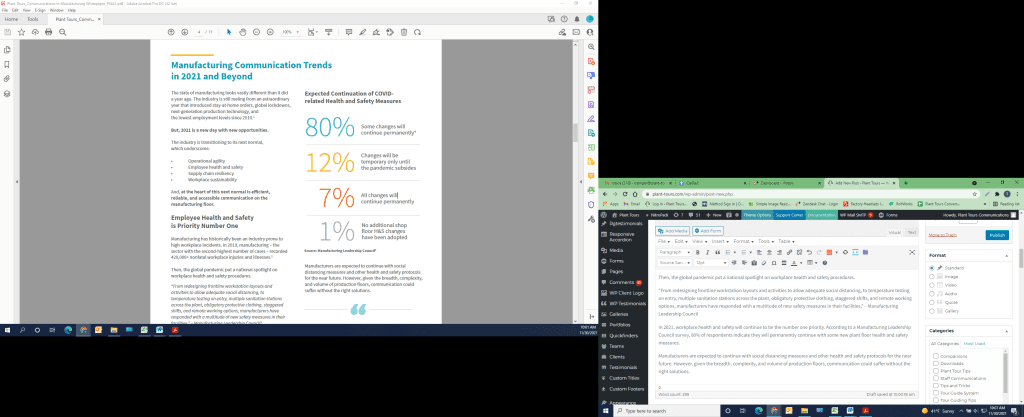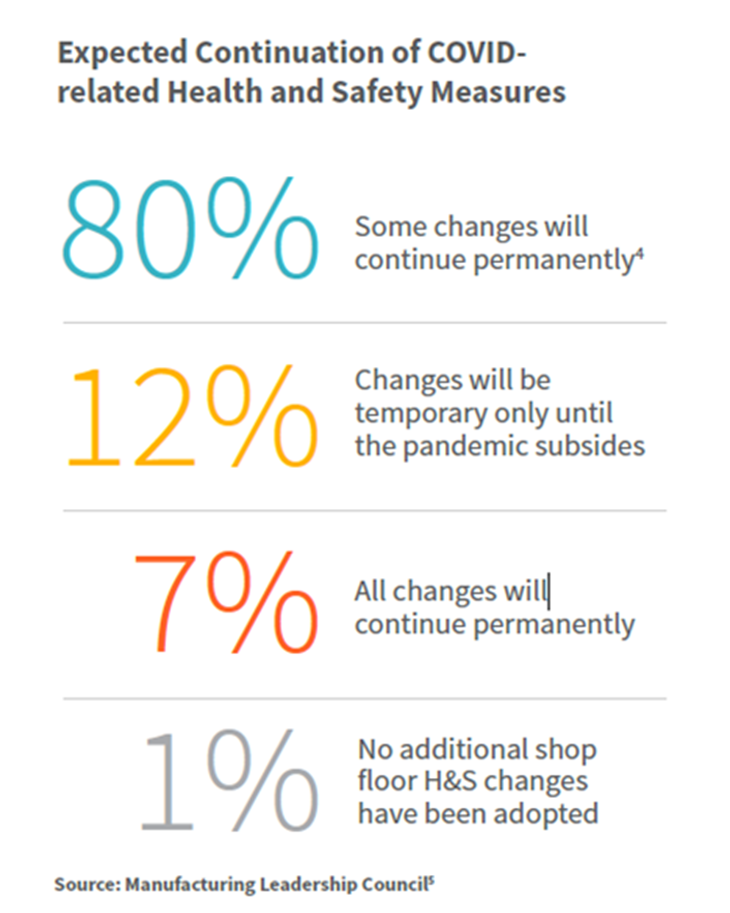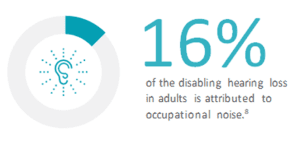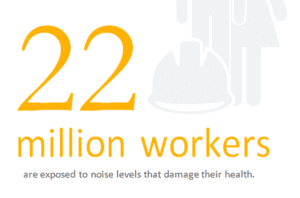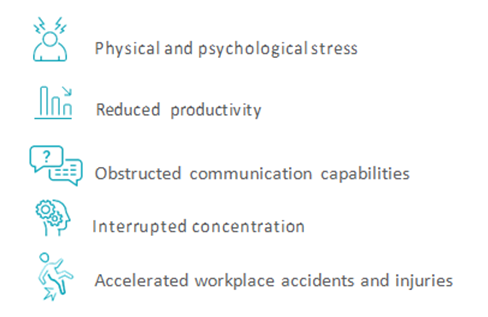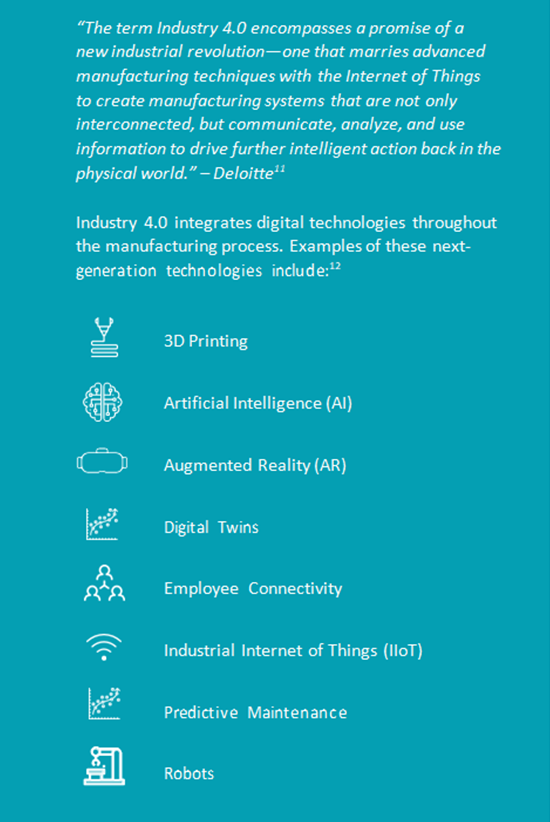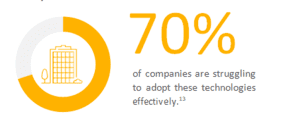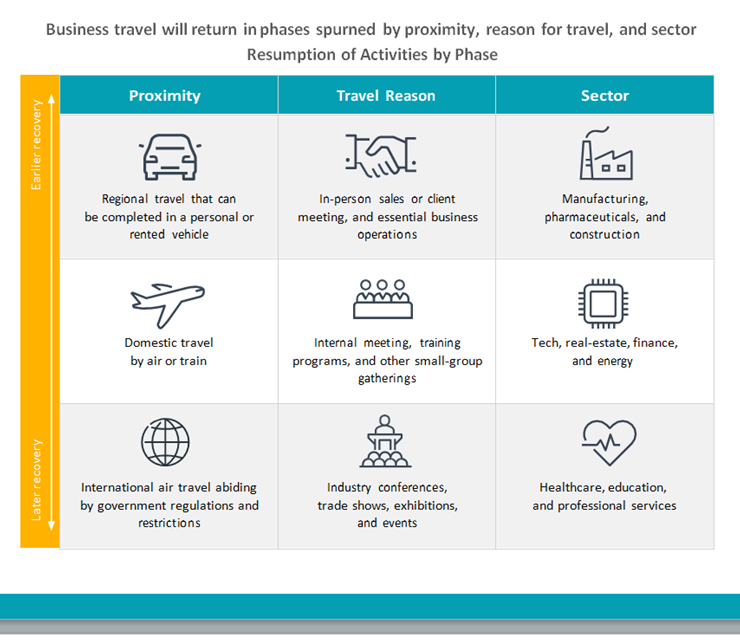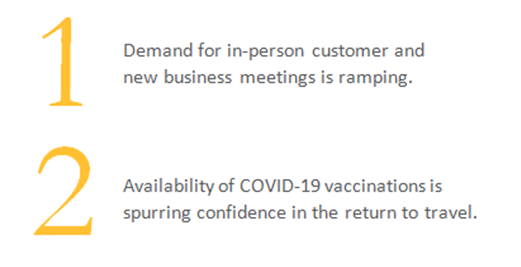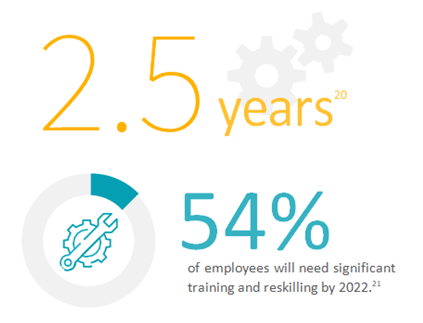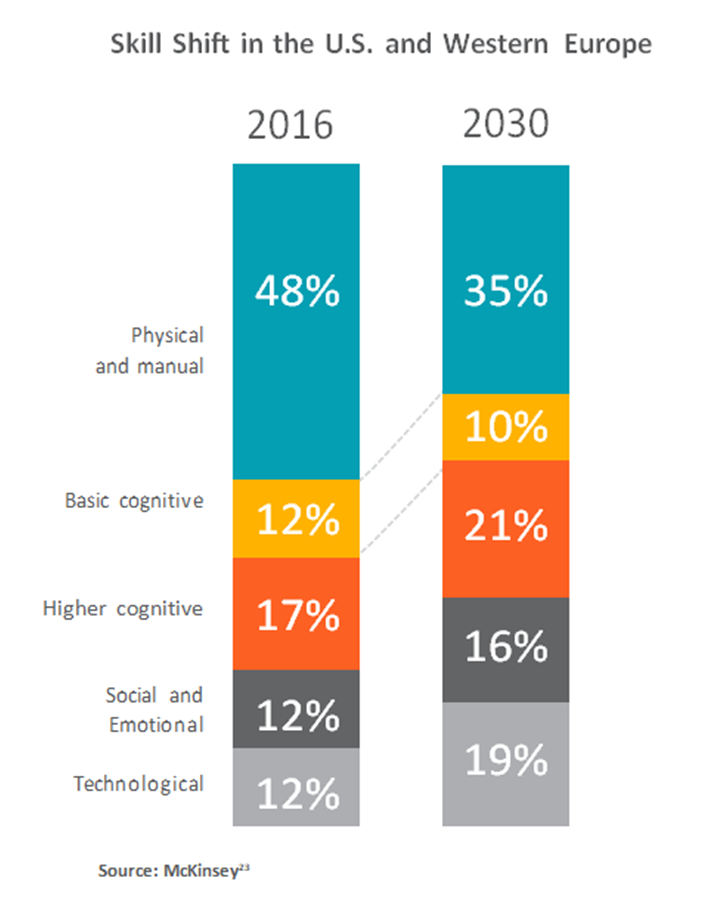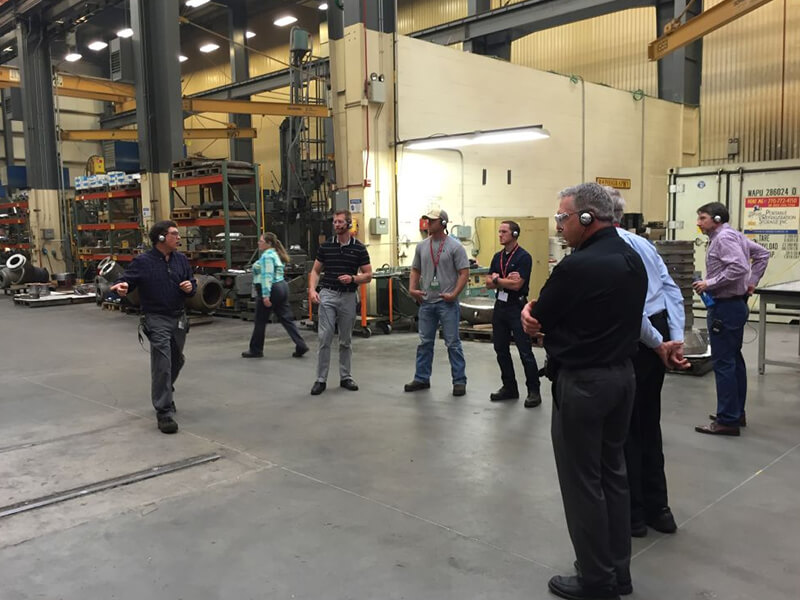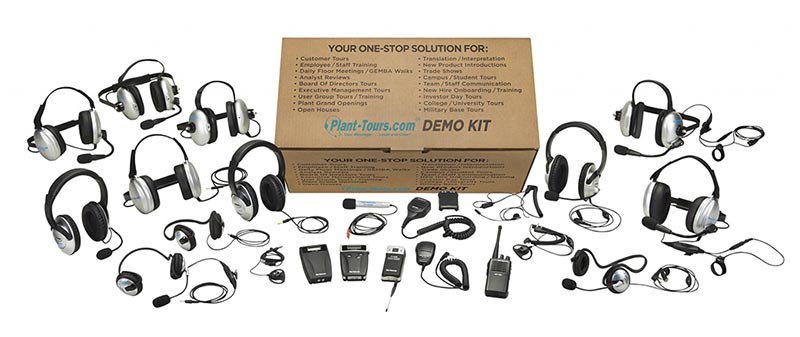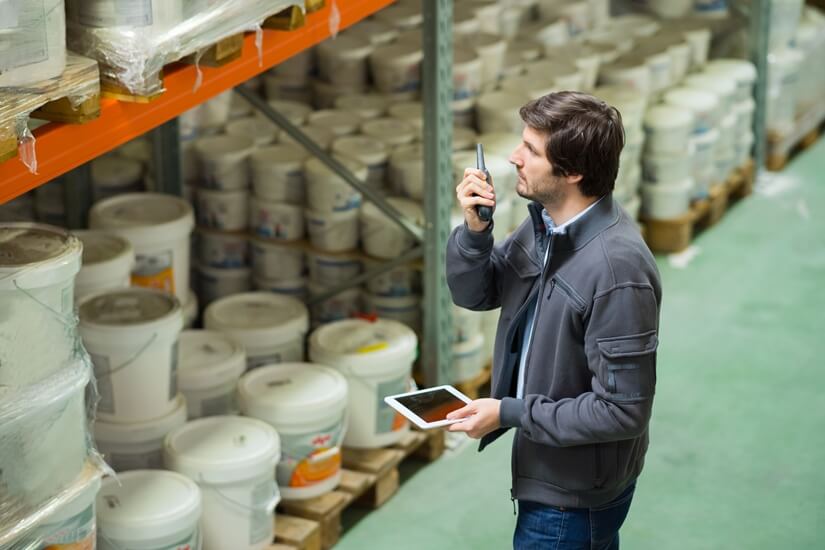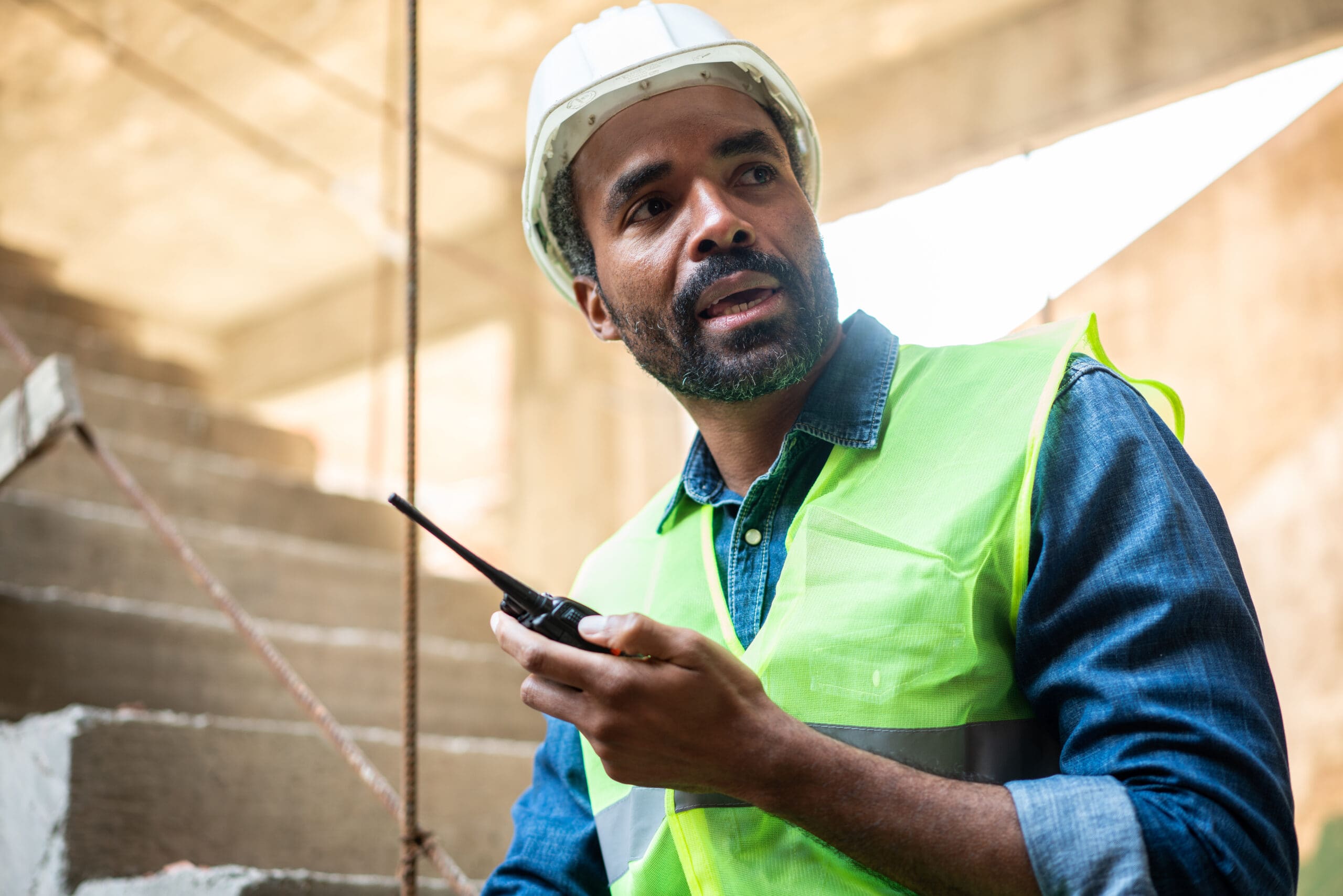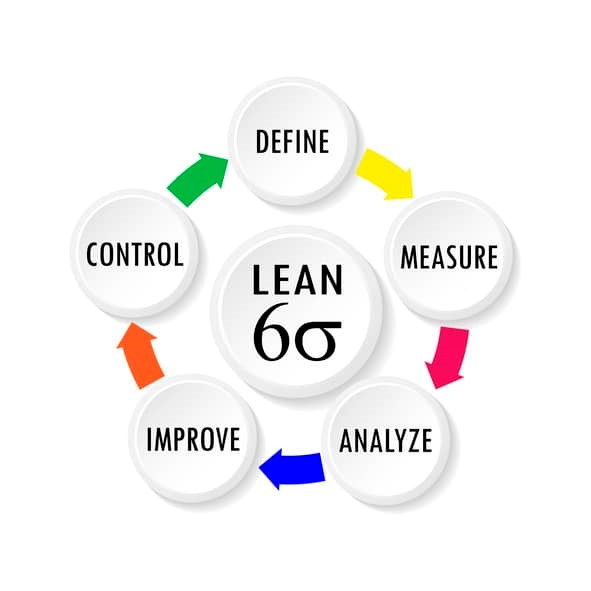Manufacturing Communication Trends in 2022
The state of manufacturing looks vastly different than it did a year ago. The industry is still reeling from an extraordinary year that introduced stay-at-home orders, global lockdowns, next-generation production technology, and the lowest employment levels since 2010.
But, 2022 is a new day with new opportunities. The industry is transitioning to its next normal, which underscores:
• Operational agility
• Employee health and safety
• Supply chain resiliency
• Workplace sustainability
And, at the heart of this next normal is efficient, reliable, and accessible communication on the manufacturing floor.
Employee Health and Safety is Priority Number One
Manufacturing has historically been an industry prone to high workplace incidents. In 2019, manufacturing – the sector with the second-highest number of cases – recorded 420,000+ nonfatal workplace injuries and illnesses.
Then, the global pandemic put a national spotlight on workplace health and safety procedures.
“From redesigning frontline workstation layouts and activities to allow adequate social distancing, to temperature testing on entry, multiple sanitation stations across the plant, obligatory protective clothing, staggered shifts, and remote working options, manufacturers have responded with a multitude of new safety measures in their facilities,” – Manufacturing Leadership Council
In 2022, workplace health and safety will continue to be the number one priority. According to a Manufacturing Leadership Council survey, 80% of respondents indicate they will permanently continue with some new plant floor health and safety measures.
Manufacturers are expected to continue with social distancing measures and other health and safety protocols for the near future. However, given the breadth, complexity, and volume of production floors, communication could suffer without the right solutions.
Manufacturers are expected to continue with social distancing measures and other health and safety protocols for the near future. However, given the breadth, complexity, and volume of production floors, communication could suffer without the right solutions.
COVID Will Eventually Go Away. Noise on the Floor Will Not
The global pandemic created lasting changes in many different facets of the manufacturing industry. But, one thing that won’t change is the noise.
In manufacturing, workers are around heavy machinery and equipment that can be hazardous to employees’ hearing. Some examples of loud noise-producing equipment include:
• Compressors
• Electric tools
• Motors
• Ventilators
It is estimated that 40 million U.S. adults ages 20-69 have experienced hearing damage due to noise exposure. And,
According to the National Institute for Occupational Safety and Health (NIOSH), occupational hearing loss is among the most common work-related illnesses in the U.S. Each year, approximately
Noise-induced hearing loss has serious consequences. It can limit the worker’s ability to comprehend instructions, communicate with colleagues, or be productive while on the job. According to OSHA, other impacts of working around consistently loud noise includes:
Given the severity of noise in manufacturing, it’s critical for employees to have personal protective equipment (PPE) that helps to cancel out loud sounds while still being able to communicate with others in their surroundings. Read our guide to learn more about Noise Reduction Ratings and how it’s used to provide for safer work environments
Factories of the Future Will Require Integrated Communications
Prior to the global pandemic, the manufacturing industry was on the cusp of a significant transformation – Industry 4.0.
While digital technology is well on its way to integrating throughout the manufacturing industry, it is taking time to implement.
Employee connectivity, through mobile devices and wearable technology, is critical to Industry 4.0 adoption. However, mobile device use in the presence of heavy machinery on the production floor is dangerous. Additionally, these devices are not as durable as other communication tools to withstand the impact of running a manufacturing facility.
As a result, manufacturers are adopting integrated communication channels that facilitate factory floor communication in both pre- and post-digital transformation situations. For example:
- Pre-Digital Transformation Scenario: Manufacturing employees utilize staff communication (tours headsets and/ or transceivers) systems to communicate with one another.
- Post-Digital Transformation Scenario: Employees continue to use staff communication systems on the production floor and leverage mobile digital devices when off the floor or in controlled settings.
With staff communication and tour guide systems, employees have access to safer, familiar, and more reliable channels that ensure they remain connected both before and after the digital transformation.
Preparing for Factory Floor Communications in the Next Normal
Manufacturing communication trends are signaling drastic changes to come, such as new innovative technology, elongated social distancing protocols, and digital communication channels. However, the need to efficiently and effectively communicate on the factory floor will not go away.
In fact, communication basics – such as message and sender/receiver – will remain the same in the next normal. But, the channel will need to evolve to reliable, cost-efficient, and flexible tools that can keep employees in constant communication.
In the next normal, travel is no longer desirable. It’s necessary. According to McKinsey, manufacturing will be one of the first industries to pick business travel back up – starting with in-person sales and client meetings.
As a result, manufacturers should begin preparing for the rise in factory floor communication that will be facilitated through:
- Factory Tours
- Employee Onboarding and Training
- Daily Floor Meetings and Gemba Walks
Factory Tours
There is no question there is pent-up demand for travel – for both personal and professional reasons. When it comes to the resurgence of business travel, operational leaders, Board of Directors, investors, customers, and other key stakeholders will be prioritizing in-person plant visits.
Why? For two important reasons:
For manufacturers, those in-person meetings will likely also include factory tours in one of the following forms:
Learning tours for company leaders and investors
Assessment tours for customers
Teaching tours for employees and student groups
In anticipation of the returning factory tours, businesses will need to get their communication house in order – such as purchasing a high-quality tour guide system. However, there is a lot that should go into that consideration, such as:
- Purpose of the tour
- Background noise levels
- Distance requirements
- Available budget
- Amplified sound options
- PPE compatibility
- Translation system options
- Battery options
Tools like one and two-way tour guide systems ensure everyone in the touring group can hear and participate in the discussion – no matter if they’re socially distant or surrounded by loud noise.
Employee Onboarding and Training
Before COVID-19, employee onboarding and training were commonly conducted through factory tours for technical, corporate, and management roles alike that needed firsthand exposure to shop floor activities.
Given the global shutdown, this in-person training either transitioned online or halted altogether. But, for manufacturers, that is starting to change in 2022.
There’s no question that manufacturing floors will look different in the future. With Industry 4.0, trends like IoT, predictive maintenance, and 5G starting to pick up, manufacturers are challenged with a growing workforce that needs reskilling and upskilling in order to operate these new technologies.
In fact, workplace skills are turning over every
According to McKinsey, automation is driving the shift in workplace skills from physical to higher cognitive and technological.
This means manufacturing employees will need hands-on training to learn new skills, sharpen their techniques, and advance their technical knowledge to become Industry 4.0-ready. But that type of training can only take place on the shop floor. Not in a conference room, and not on a webinar.
To get the most out of this training, instructors and employees need to be able to understand each other. As a result, manufacturers are adopting tour guide communication systems that can:
- Protect participants by ensuring facility safety protocols, health standards, and security measures throughout the plant are effectively communicated
- Communicate with every participant no matter their native language using a tour guide translation system
- Ensure smooth training sessions with durable, wireless equipment that reduces noise and supports frictionless two-way discussion during Q&A
Daily Floor Meetings and Gemba Walks
Cost-cutting, waste reduction, and operational efficiency are top of mind for manufacturing executives in 2022. And, there’s no better way to understand operational opportunities and challenges than from the frontline employees doing the work.
In manufacturing, a commonly used method to glean this type of information is through Gemba Walks. The term comes from a Japanese term meaning “the actual place.” Global automaker Toyota pioneered the Gemba Walk, and in practice, executives and others visit the actual place where manufacturing work is done to observe operational processes firsthand.
In 2022, Gemba Walks and daily floor meetings will be essential to achieving operating goals.
“Manufacturers that are experiencing a slowdown in demand may want to increase visibility into operations to help them focus on cost-cutting opportunities,” – Deloitte
As a result, having the ability to efficiently converse during these interactions will make them more productive in helping company executives and site leaders:
- Understand current operational conditions
- Collaborate on opportunities to enhance efficiency measures
- Define what shop floor operations should look like in the next normal
Given forward-looking industry trends and the evident need to improve factory communications in the next normal, there is a significant opportunity for manufacturers to amplify their communication toolkit. While the technological options are endless, nothing is superior to tried-and-true systems that put safety, clarity, and reliability at the forefront.
Make Your Message Loud and Clear With Plant-Tours.com Solutions
Plant-Tours.com is the industry leader in the field of training, communication, and tour guide systems. We have supported countless corporate and factory tour groups for over 25 years with our first-rate solutions.
Our competitively priced, proprietary tour guide systems are developed specifically for settings where space, distance, and background noise present a challenge to effective shop floor communication that keeps employees and touring guests connected, safe, and most importantly, heard.
In partnering with Plant-Tours.com, your organization is better equipped to:
- Provide trusted communication solutions that support perfectly clear audio for every tour, meeting, and training event
- Improve safety conditions in your plant with easy-to- implement wireless staff communication systems
- Connect with all touring members in their native language with translation systems and interpretation accessibility
- Support workplace health and safety protocols with highest quality PPE compatible products
Learn how our products and services can help your factory ensure messages are coming in loud and clear. Contact us for more information or to get your Free Demo Kit.
